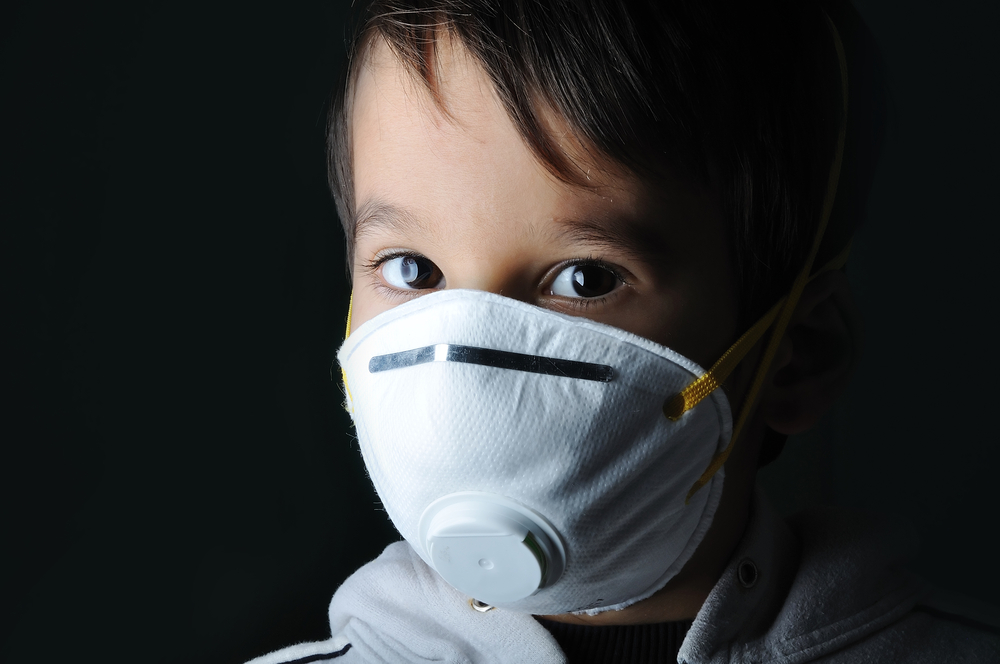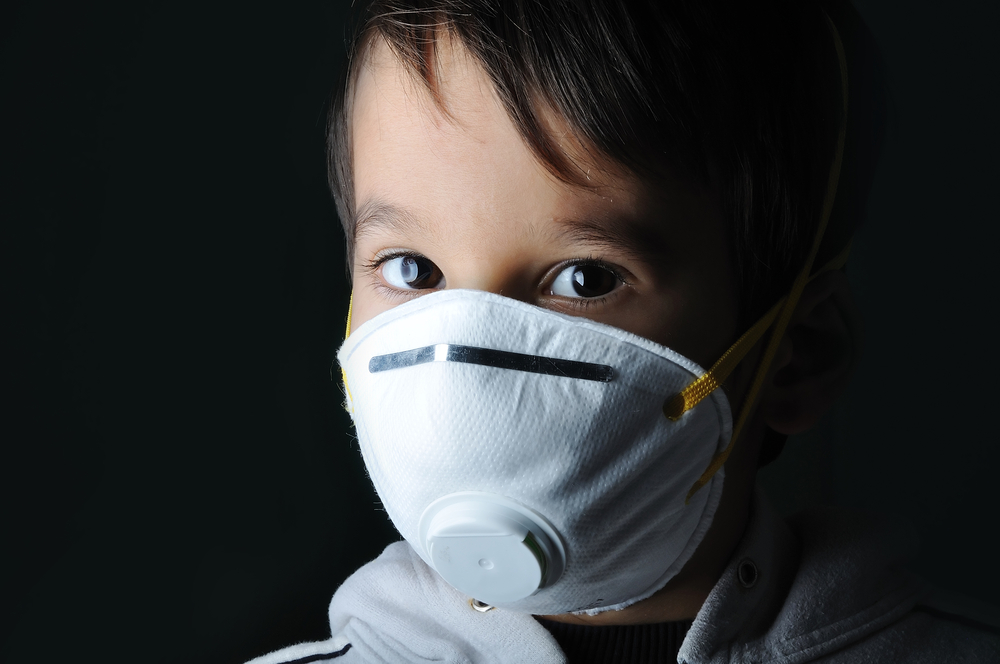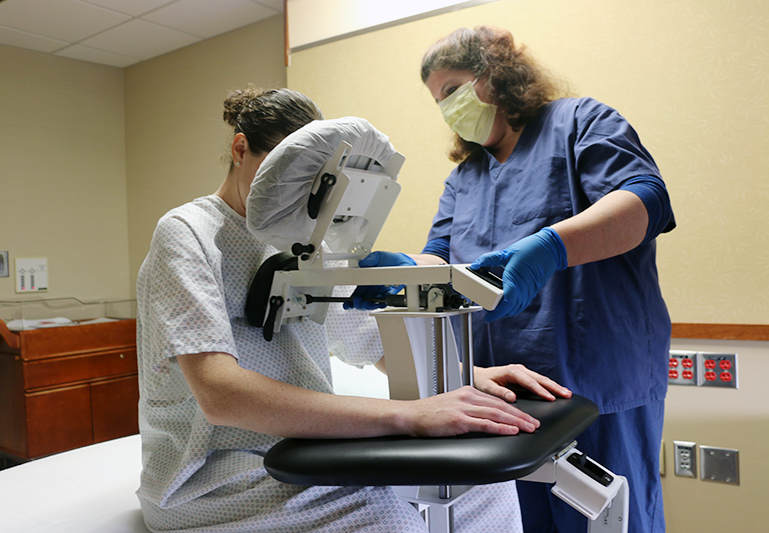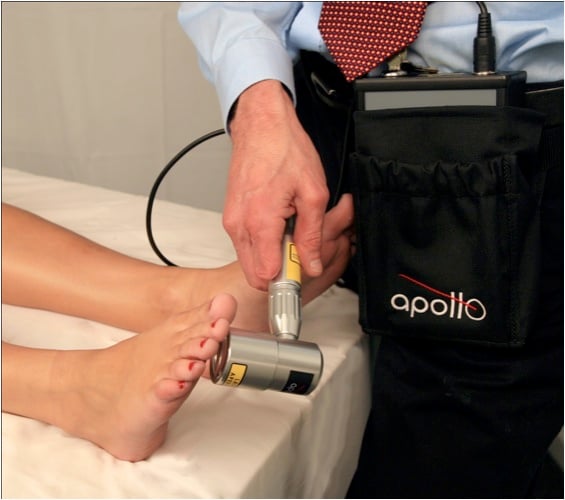This blog was curated from a white paper publication entitled, "The Impact Furniture and IC+ Can Have On Infection Control" published by HealthCentric. Read entire publication here.
Infection control practices shape today’s health care environment. A shift is emerging in the mindset of hospitals and other health care environments fighting against healthcare associated infections (HAIs). According to the Centers for Disease Control and Prevention, "In 2011, there were an estimated 722,000 HAIs and around 75,000 hospital patients with HAIs died during their hospitalizations."

Image by Shutterstock |
Most HAIs are transmitted through contact with pathogens transferred from reservoirs on hand-touch sites, found on high-risk objects including inpatient room chairs. Infection Control and Environmental Services professionals have brought to the forefront the importance of the physical environment, including furniture, and the role it plays in the prevent, acquisition, and spread of infections.
On the Surface
Infection Control professionals recommend medical furniture and products that are easy to clean and disinfect. Fixtures, finishes, and surfaces that are porous or textured such as wood or vinyl with seams are more difficult to clean effectively and may harbor unwanted pathogens, which contribute to an increased potential for contamination and infection.
According to A. Joseph in "The Impact of the Environment on Infections in Healthcare Facilities, "Ease of cleaning is an important consideration in the choice of materials used in health care facilities, and this extends to floors, ceilings, walls as wells as furniture and furnishings." Furniture and equipment selection is an especially important factor when considering immunocompromised patients because of their increased susceptibility to HAIs.
Best Practice Guide for Cleaning in All Health Care Settings
The Prevention of Infectious Disease Advisory Committee (PIDAC) based in Ontario, Canada has created best practice guidelines for cleaning in all health care settings that has been adopted by many organizations around the world. Important furniture surface characteristics in health care setting include:
| Durability |
|
| Cleanability |
|
| Inability to Support Microbial Growth |
|
| Surface Porosity |
|
| Absence of Seams |
|
When selecting medical furniture, products, and equipment, it is important to know how surfaces and finishes interact with hospital-grade cleaners, detergents and disinfectants. Often, hospital-grade vinyl used commonly on furniture and treatment equipment will crack or tear creating an entrance for pathogens. Wood products and finishes are porous, can be easily damaged, and can erode leaving the wood vulnerable to microbial growth. Seams in hospital furniture and equipment can harbor pathogens even after being cleaned and disinfected in accordance with proper cleaning standards. So what is the best infection control solution?
Infection Control Products
PHS Medical manufactures a variety of durable medical equipment solutions and products to support appropriate infection control measures including treatment tables, mat tables, modality carts, treatment cabinets, recovery carts, staircases (coming soon), whirlpool tables, stationary cabinets, base and wall cabinets, portable workstations, electric treatment tables , elevating treatment tables and electric treatment cabinets. Our products are functional and easy to clean and disinfect including our steel Hi-Lo electric tables and our aluminum-based Aluma Elite product line.
_600.png?width=600&name=A4383-(Modality%20Cart2)_600.png)
Aluma Elite Modality Cart |
_600.png?width=600&name=Wittenberg%20University-(Aluma%20Elite%20Mat%20Table1)_600.png)
|
View all steel and aluminum products we recommend for Infection Control.

_600.png?width=600&name=Godspeed-(Aluma%20Elite%20Pro%20Treatment%20Table)_600.png)



